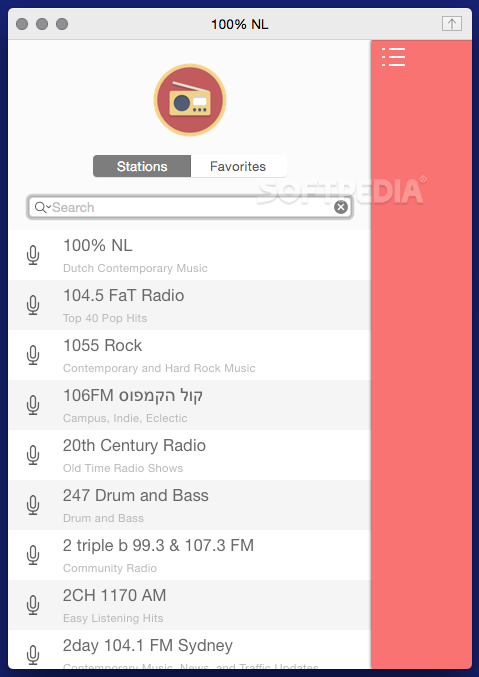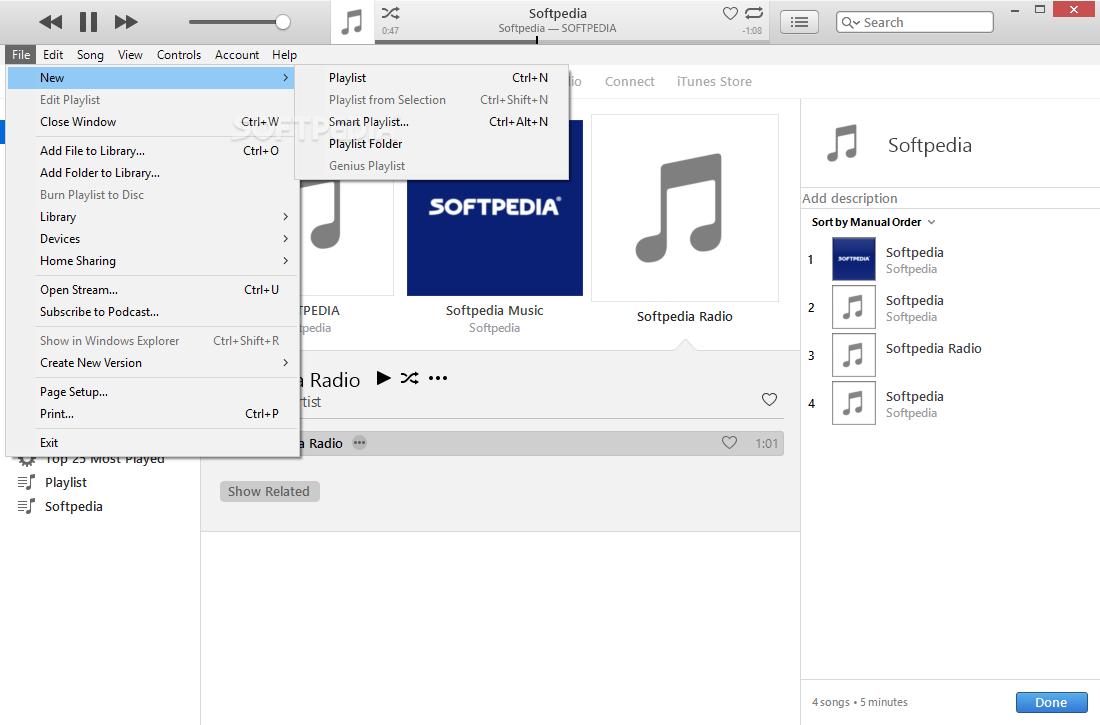

You can restore this information if you need to (if you get a new iPhone, for example, and want to transfer your previous settings to it).

Windows 8: Move the cursor to the upper right, click the magnifying glass, type %appdata%, and press the Return key.When you connect your iPhone or iPod touch to your computer, or right click iPhone or iPod Touch in iTunes and select "Back Up", certain files and settings on your iPhone or iPod touch are automatically backed up to your computer. Note: To quickly access the AppData folder, click Start, type %appdata% in the search bar, and press the Return key. Type %appdata% and click OK.Ĭ:\Users\\AppData\Roaming\Apple Computer\iTunes\iPhone Software UpdatesĬ:\Users\\AppData\Roaming\Apple Computer\iTunes\iPad Software UpdatesĬ:\Users\\AppData\Roaming\Apple Computer\iTunes\iPod Software Updates Note: To quickly access the Application Data folder, choose Start > Run. Note: The tilde "~" represents your Home directory.Ĭ:\Documents and Settings\\Application Data\Apple Computer\iTunes\iPhone Software UpdatesĬ:\Documents and Settings\\Application Data\Apple Computer\iTunes\iPad Software UpdatesĬ:\Documents and Settings\\Application Data\Apple Computer\iTunes\iPod Software Updates ipsw restore files to be downloaded in the new user. ipsw file doesn't resolve a user-specific restore issue, then the issue is caused by other user-specific security software settings or iTunes preferences.

When a restore issue is specific to a user, it's likely due to an unusable. This will cause iTunes to download a new copy of the IPSW. If those files are unusable, try deleting them, renaming them, or moving the file to a different directory. ITunes uses IPSW files to restore your device. Rename, move, or delete the iOS software file (.ipsw) ITunes: Specific update-and-restore error messages and advanced troubleshooting The following article provides the location of the.


 0 kommentar(er)
0 kommentar(er)
